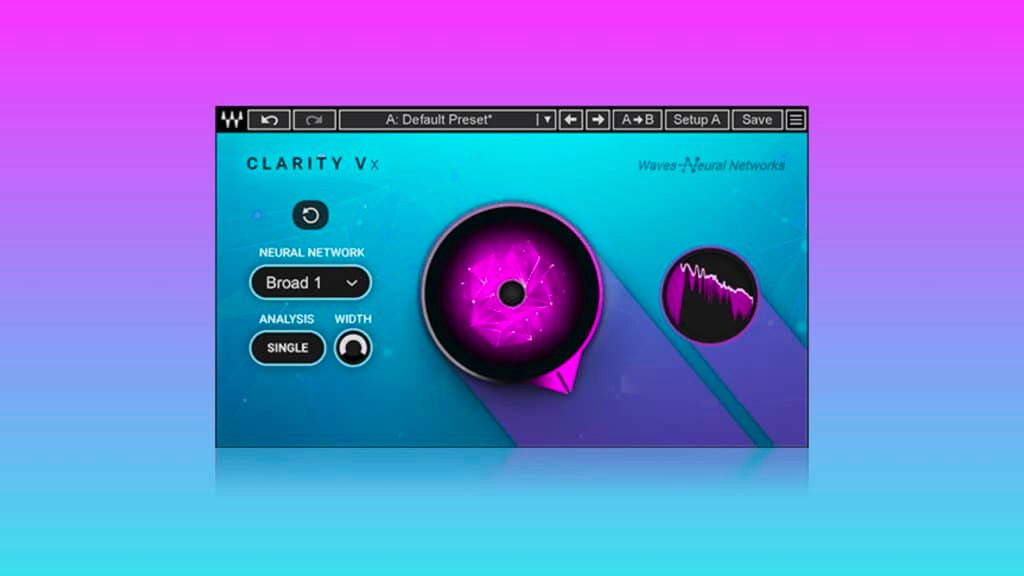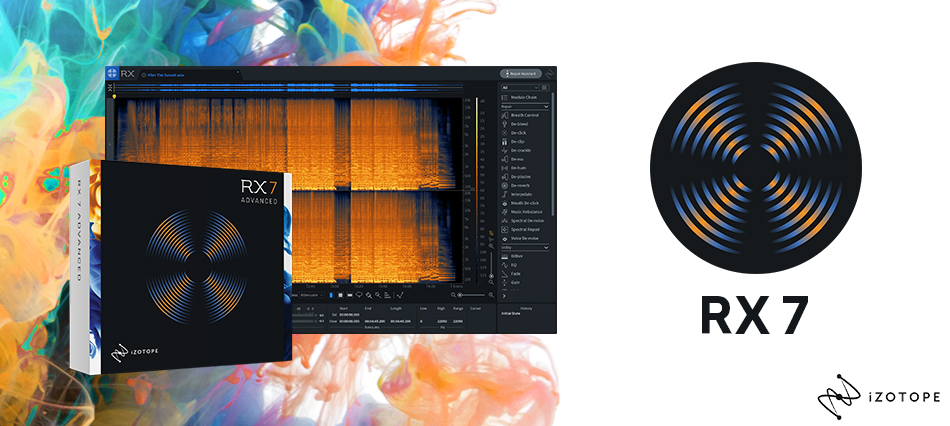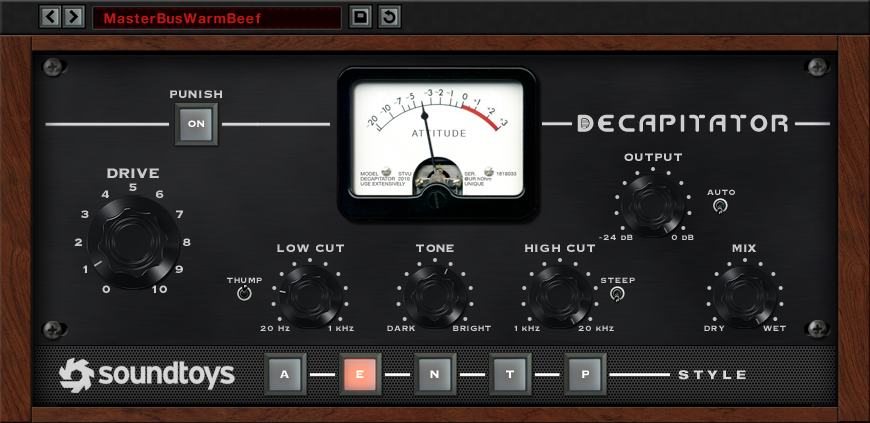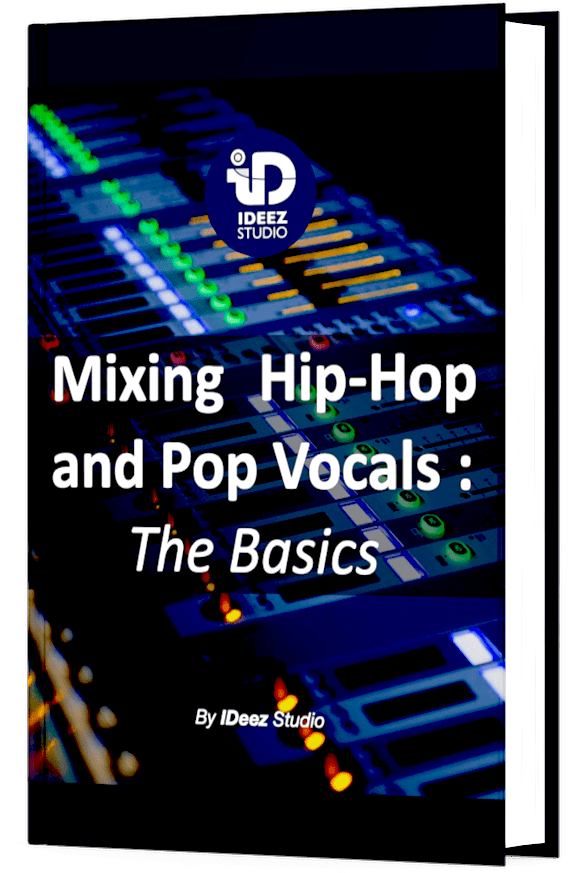6 Golden Rules To Mixing Hip-Hop Vocals
In every artistic field, there are rules, delimitations, a framework. They are not there to annoy you, but to put each field on the basis on which it must stand and, above all, to transmit knowledge. If you’re reading this article, it’s probably because you’re wondering if the way you’re mixing your vocal tracks is the right way. Good news for you, today, we’ll see together what are the 6 golden rules to mixing hip-hop vocals.
In the art world, we hear and see this phrase every day: “Break the rules”. Okay, true. But before you break the rules, you have to be able to master them. In vocal mixing, burning the bridges is the best way to fail, and therefore to be discouraged to learn. Master the rules, and then break them. Here are the 6 golden rules to mixing hip-hop vocals :
- Cleaning
- Remove harsh / aggressive frequencies
- Control the dynamics
- Add color
- Add depth, space and width
- Listen before looking
Understanding and applying these rules in the future will improve the sound quality of your vocal mixes much more than you think…
1. Cleaning
This one of the most common mistakes. Beginners often focus their attention on EQ and compression without even cleaning up the natural flaws that may be there, namely :
A. Room noises
A moving chair, a barking dog, a person talking during the recording, an ambulance siren,… All of these things can be found very quickly in a voice recording.
And if you don’t take care to clean them up, especially in the gaps or in the quieter moments, your brain will get used to them and you won’t hear them anymore. But the listeners will.
Doing this cleaning manually can be very time consuming and tiring. But Waves’ recent plugin, Clarity Vx, will help you get rid of all these parasites in less than 10 seconds.
B. Mouth Noises
Noises of saliva, big breaths, unvoiced syllables,… This kind of noise can be very annoying for the listeners, and can completely break the universe you create around the voice.
Some plugins allow to get rid of this kind of noise quickly, RX7, for example, is one of the most efficient for years.
2. Remove harsh / aggressive frequencies
The perfect vocal recording does not exist. There will always be certain frequencies that the human ear does not appreciate. It is important to first remove these frequencies before moving on to the next step in the process. Two steps will be necessary :
A. Sweeping EQ
Sweeping EQ is a mixing technique that allows you to remove certain frequencies with a really tight Q. The principle is to slide, with a very fine Q, through a certain frequency range to find aggressive frequencies, and cut them. These frequencies often come from the resonances created by the recording room, but can also come from the voice of the singer/rapper. Find out more about sweeping EQ here.
B. High-mid range Control
The human ear is extremely sensitive to all frequencies between 3 kHz and 8 kHz. The slightest mistake can be costly. That’s why, when you start your vocal mixing process, it’s important to focus on this frequency range, and to make sure that no aggressive frequencies are present.
Don’t hesitate to isolate this frequency range with your EQ to make sure that your ear is naturally focused on the smallest defects
Need a professional sound engineer specializing in pop and hip-hop mixing ? Great! Take a look at our services and let’s blow up your career together!
Let’s start now!
3. Control the dynamics
Working on a voice with large dynamics is far from ideal. This is why it is necessary to compress the dynamics for maximum comfort. Compressing a voice doesn’t necessarily mean pulling out a plugin, it is also important to adapt the dynamics before attacking any compressor.
A. Gain Staging
In the context of vocal mixing, gain staging consists of adapting the dynamics of an audio source manually to unify the level of this source, in our case, the voice.
By doing this, you will allow your compressor to work much more efficiently. Indeed, a compressor does not do everything. If the volume suddenly becomes very high on a syllable, you will hear the very strong effect of the compressor.
On the other hand, if the volume becomes very low on a certain section, the compressor may not be able to raise the sound enough to make it sound natural. These two pictures below will help you to understand the principle :
Too much dynamics

Appropriate dynamics

B. Compression
We won’t go into the details of voice compression in this article, but it’s an essential step for a quality final product. If you don’t want to take too much risk at first, you can use RVox from Waves.
4. Add color
Adding color to your vocal tracks includes two thing :
A. Addictive EQ
An addictive EQ is an EQ that you will only use to boost certain frequencies. For best results, I recommend using hardware emulations from manufacturers like Slate Digital UAD, Wave or Softube. When it comes to addictive EQ, our favorites are :
Among the interesting voice frequencies to boost for hip-hop music, it is especially the air zone (12 kHz – 20 kHz) that is important. It brings clarity and brilliance to the voice and, if you use the right plugins in the right way, will make your vocal track sound “pro”.
But in vocal mixing, if you really want to improve your skills, the priority has to be to know the 6 bands to focus on.
B. Harmonic enhancement
Harmonic enhancement is a mixing technique that brings your vocal tracks to the next level. Unfortunately, it is very misunderstood and often left out.
However, a touch of distortion or saturation well controlled brings very often a feeling of robustness and power that it is impossible to have with a compressor or an EQ. For the best results, I recommend Decapitator from Soundtoys.
5. Add depth, space and width
Reverbs, delays, phaser, choruses,… In vocal mixing, all these tools are essential for better results
Your lead vocal will at least get supported by a reverb and a delay. Your backing vocals might need a touch of chorus and reverb. Your Ad Libs might be really cool with a phaser and an auto-pan. Plugins are limitless, and when it comes to creating spaces, your creativity is your only limit.
If you don’t know with which reverb to start for your vocals mixes, you might be interested in reading this article!
6. Listen before looking
This is one of the most important rules of audio mixing in general. Indeed, in today’s music production, everything is done through screens. Therefore, the brain is naturally attracted to what it sees, rather than what it hears. This is one of the biggest pitfalls for a beginner in audio: The McGurk effect.
Even in a fully conscious state, you will still be trapped by this phenomenon. That’s why, sometimes, it’s very worthwhile to close your eyes, turn around, walk around the room or do anything that might take your eyes off your DAW.
Trust your ears, not your eyes.
Need a professional sound engineer specializing in pop and hip-hop mixing ? Great! Take a look at our services and let’s blow up your career together!
Let’s start now!
Conclusion
As you may have noticed, these 6 golden rules for mixing hip-hop vocals summarize, through a purely artistic vision, what a vocal mix chain could look like. It brings up an important element of mixing: always ask the question “why?”. If you don’t know the answer, it might be because you’re straying too far from these 6 golden rules.
If you are a beginner in the field of vocal mixing, try to remember these 6 rules, ideally in order. This will ensure a certain logic in your vocal processing.












